
Celebrate Dyslexia Schools receive charter approval in San Antonio
AL DÍA spoke with Flor Gutierrez, superintendent, about their mission.
After a hectic week, the Texas State Board of Education has officially granted charter approval to Celebrate Dyslexia Schools — Texas’s first school dedicated to providing targeted support and education for dyslexia students. Set to open in Fall 2024, this tuition-free charter school will be the first of its kind in San Antonio.
Serving dyslexic students in grades 4-8 on the Southwest Side of San Antonio, it aims to ensure this population has the appropriate attention and support they deserve.
AL DÍA heard from Flor Gutierrez, superintendent of Celebrate Dyslexia Schools, about the current scenario of dyslexic students in the region and the challenges students face.
CAREER
Gutierrez began her educational career in the Southside of San Antonio, always working intentionally with at-risk populations and emerging bilingual students. After 10 years as a duo language teacher, her daughter — who was a first grader at the time — started to have learning difficulties.
“I couldn't figure out what was going on with her, so I went on this journey looking for solutions for my daughter,” she said. Gutierrez pursued a master’s in special education and became a certified academic language therapist and an educational diagnostician. A couple of degrees later, her daughter was finally able to get the help she needed. All services and identification were done privately, as her school district wasn’t equipped or couldn’t look into the learning difficulties she was experiencing, diagnose her, and provide the interventions she needed.
After years of working as a classroom teacher, Gutierrez decided to make a move to reinvent herself careerwise. In her current position as superintendent, she implements the dyslexic curriculum district-wide and services for students, trains teachers that want to become dyslexia therapists and is working on building capacity in the city and school districts that need people specialized in these areas to help emerging bilingual students.
DYSLEXIA AND BILINGUALISM
Considering the increase in the English language learner population in Texas, Celebrate Dyslexia schools come to prevent dyslexic students from being diagnosed because teachers aren’t properly trained to identify it — misjudging that the students are simply struggling with learning a new language.
Sometimes students aren’t just struggling with a new language; they have a disability. When assessing an emergent bilingual student, educators must be familiar with the differences in the characteristics of the Spanish and English language structures and writing systems — as well as how the characteristics of dyslexia show up in both of them.
Dyslexic students have a deficit in the phonological component of language, making it harder for them to manipulate its sounds, which generates an unexpected difficulty in reading, writing, and spelling.
The Texas Education Agency (TEA) reports that 4.5% of students in Region 20, which oversees San Antonio, received dyslexia services. However, Gutierrez says research shows that 1 in 5 students has dyslexia, bringing the identification close to 20% — meaning that around 71,000 students in the region are not getting the proper support they need.
When asked if it was harder for bilinguals to navigate the education system as dyslexic students, Gutierrez said rarely. If they are in bilingual programs when younger, most of the instruction is done in Spanish so students can perform well.
She explains that Spanish is considered a transparent language in which sounds and letters are very consistent — most letters only make one sound. In English, on the other hand, one letter can make several sounds.
Dyslexic students still struggle, but when they are younger, they are still able to perform like their peers. As they gradually transition to English after fourth grade, teachers assume skills will transfer from one language to another, but with dyslexic students that doesn’t happen. It’s difficult for them to pick it up without being explicitly taught, Gutierrez said.
RELATED CONTENT
LACK OF INSTRUCTORS
Although San Antonio is a Hispanic community, there aren't many bilingual educators that go into this field — and it does take a while to get certified in the special education area.
There are currently 34 certified academic language therapists registered in the city, and only five qualified instructors are approved to prepare teachers in the area — which isn’t enough for their emerging bilingual population. According to a study conducted by the Youth Trust Report, 74% of classroom teachers don’t feel satisfied that their initial teacher training provided them with the skills they need to identify and teach children with dyslexia.
In San Antonio, there are only two centers that prepare dyslexia teachers. Considering that it is a two-year course that won’t start a new cohort until the next academic year, it is difficult to build capacity in the city as the number of graduates doesn't meet the needs of the community.
“We don’t have the staff and the capacity to fill so many of these positions and meet the needs of our emerging bilingual population,” Gutierrez said.
Aiming to address the issue, a dyslexia grant last year was able to help many districts invest in teacher training. On top of that, Gutierrez says that the campuses of her current district that serve emerging bilingual students have teachers who have also been trained in the Spanish dyslexia curriculum. There has been an intentional effort to learn more about how to target this population by helping them build their first language and providing services for them to learn a second during transitioning years.
CHANGES AND FUTURE
When Gutierrez was going through the process of helping her daughter, the word dyslexia wasn’t used in her school — something that she has definitely seen changed over the years.
“We have to be comfortable saying the word dyslexia during teacher and parents conferences,” she said.
To keep pushing for more opportunities, Celebrate Dyslexia Schools' main goal is to find elements to create solutions for the community. In the upcoming years, they want to partner up with school districts within the city to build capacity and meet the needs of their dyslexic and emerging bilingual students.
Gutierrez added by saying she hopes to see school leaders paying attention to this population and understanding the importance of early identification and interventions.
“Our students can perform like their peers if they are giving the right interventions at the right times,” she stated.




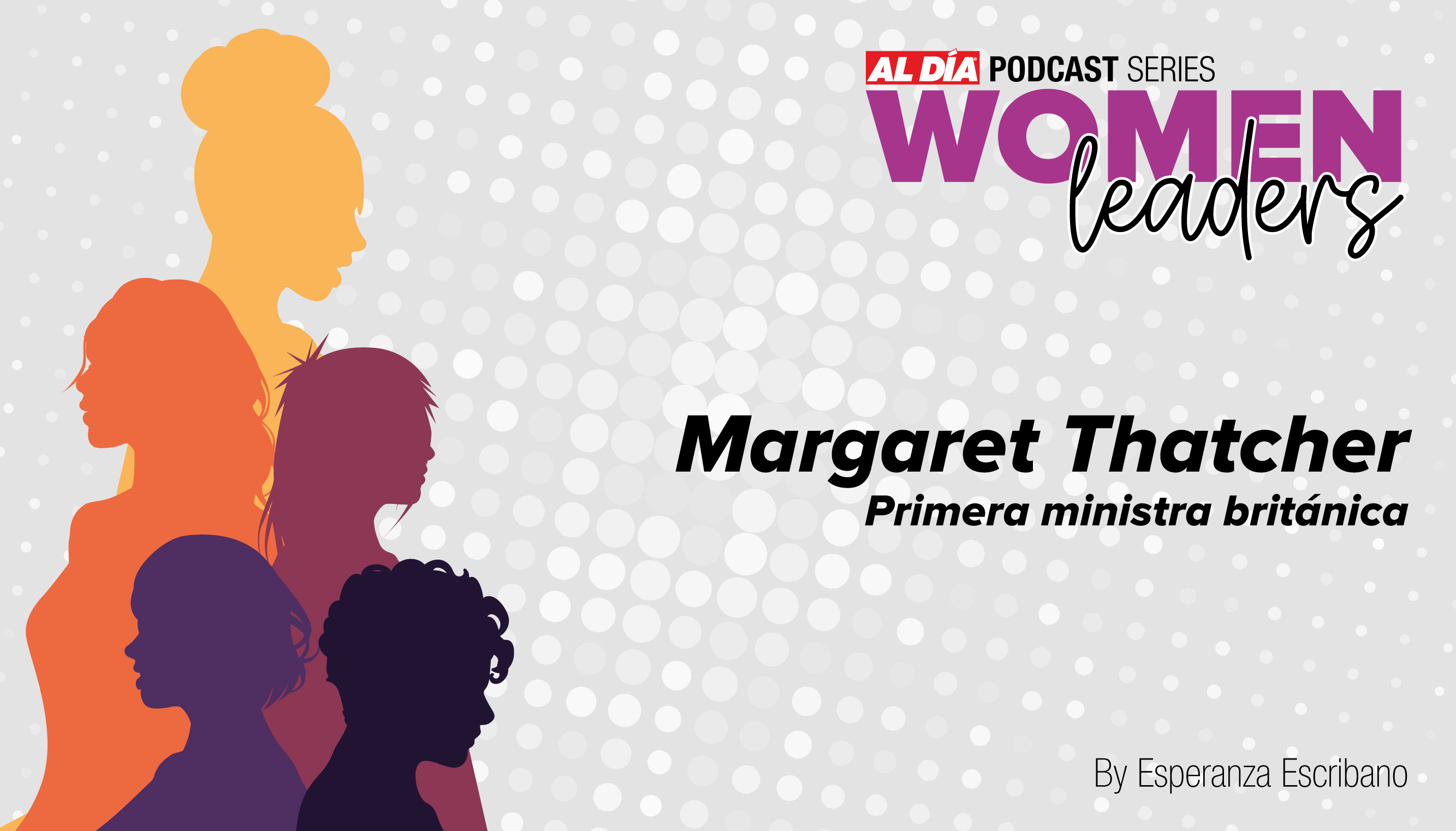
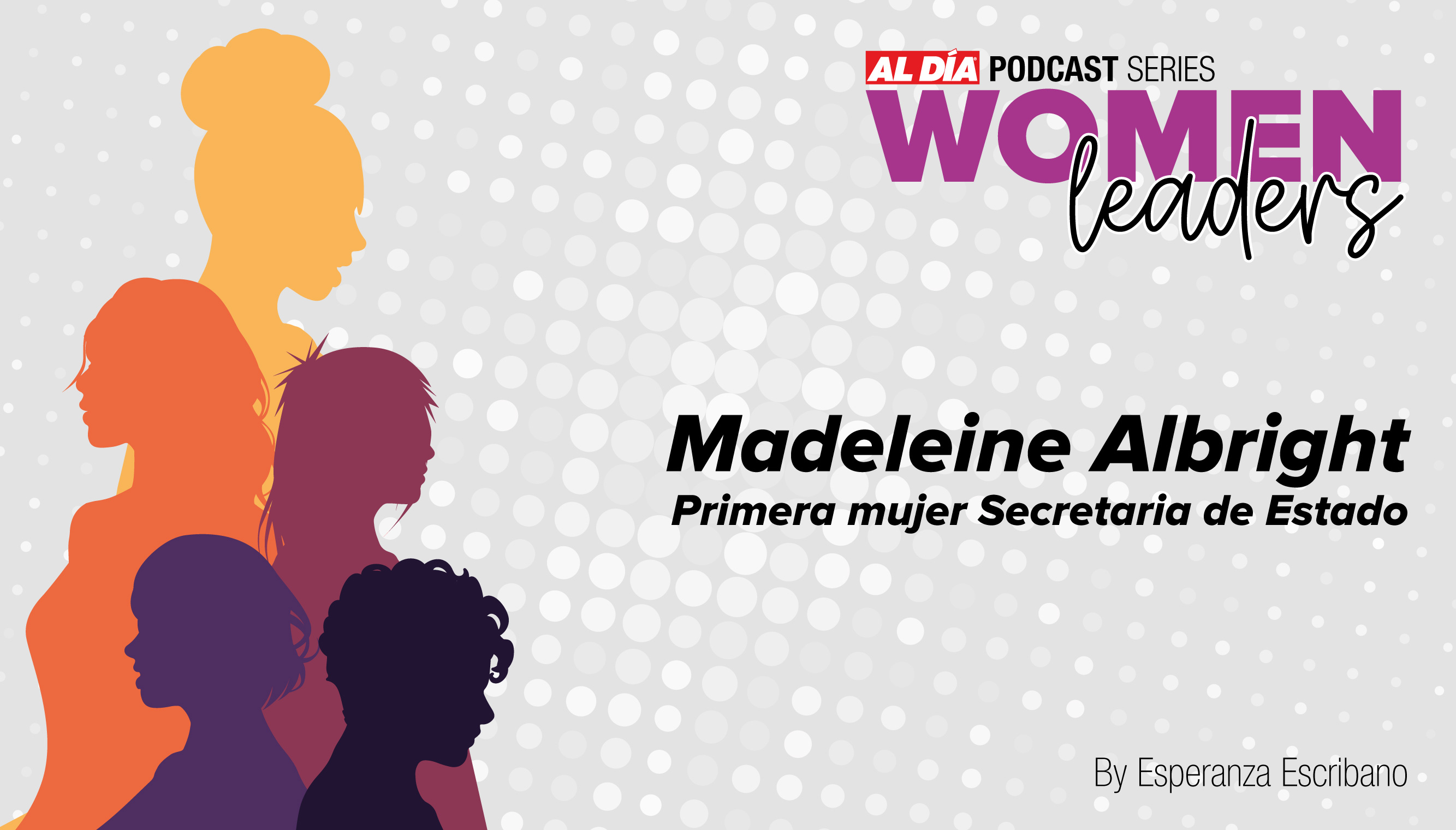
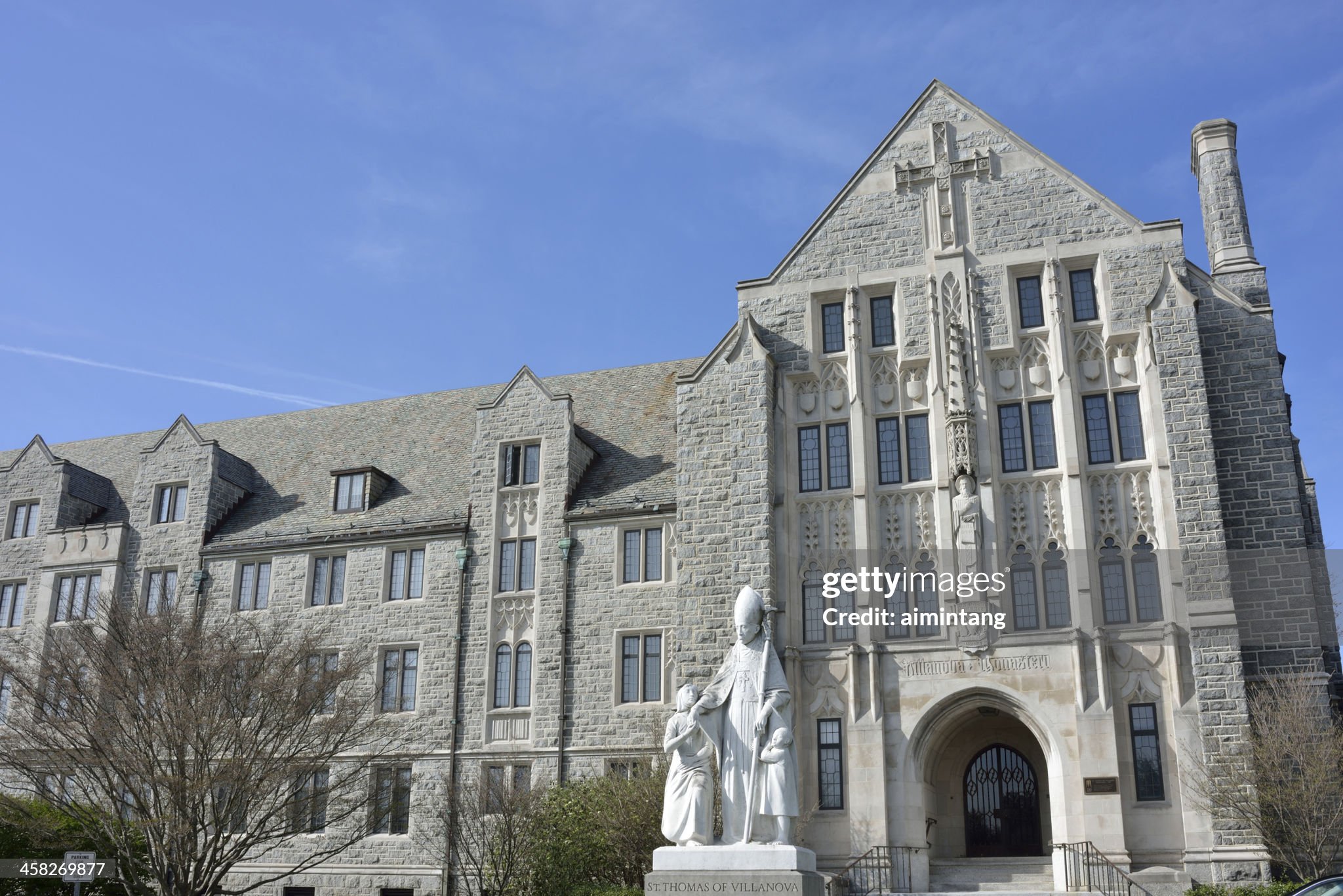
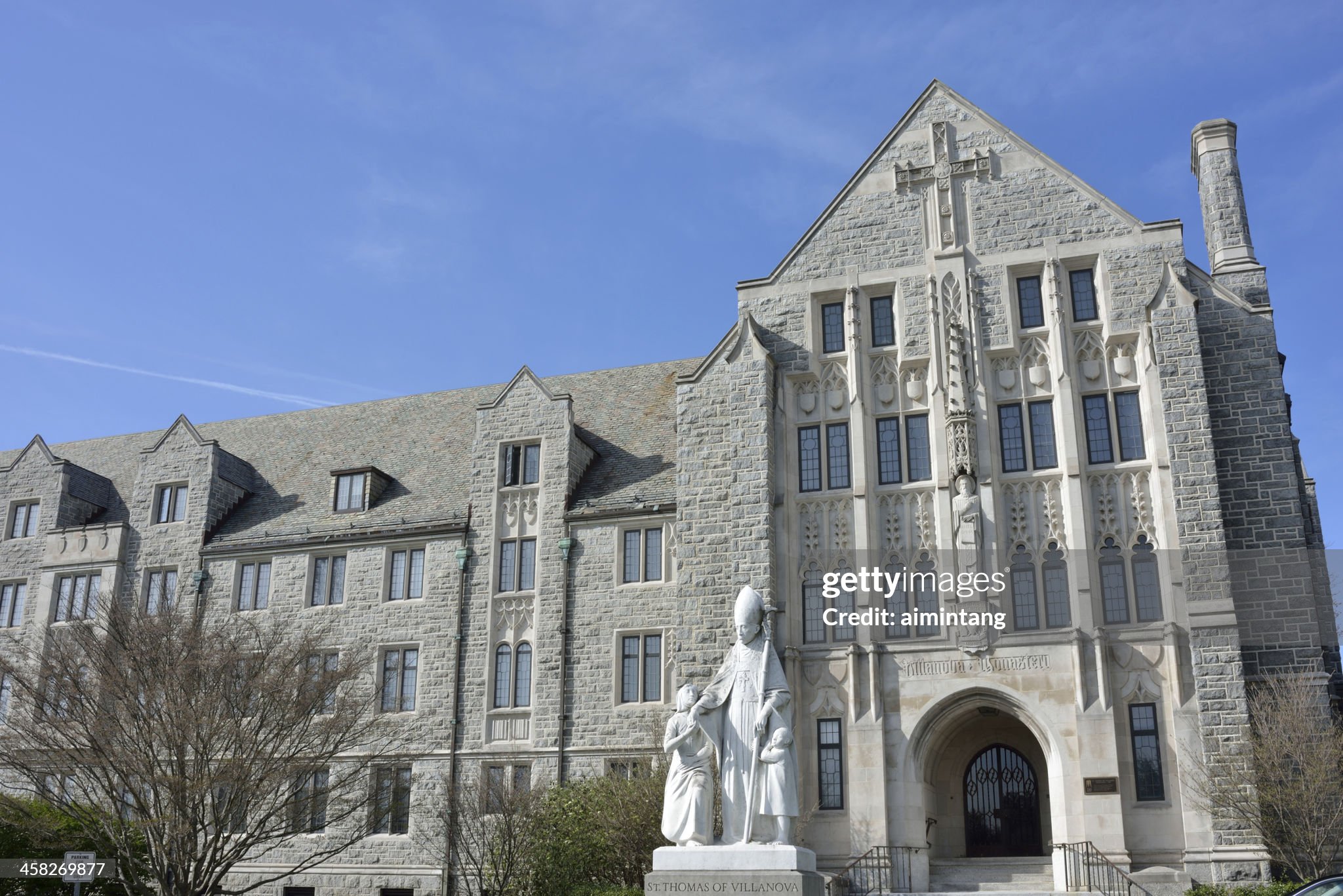
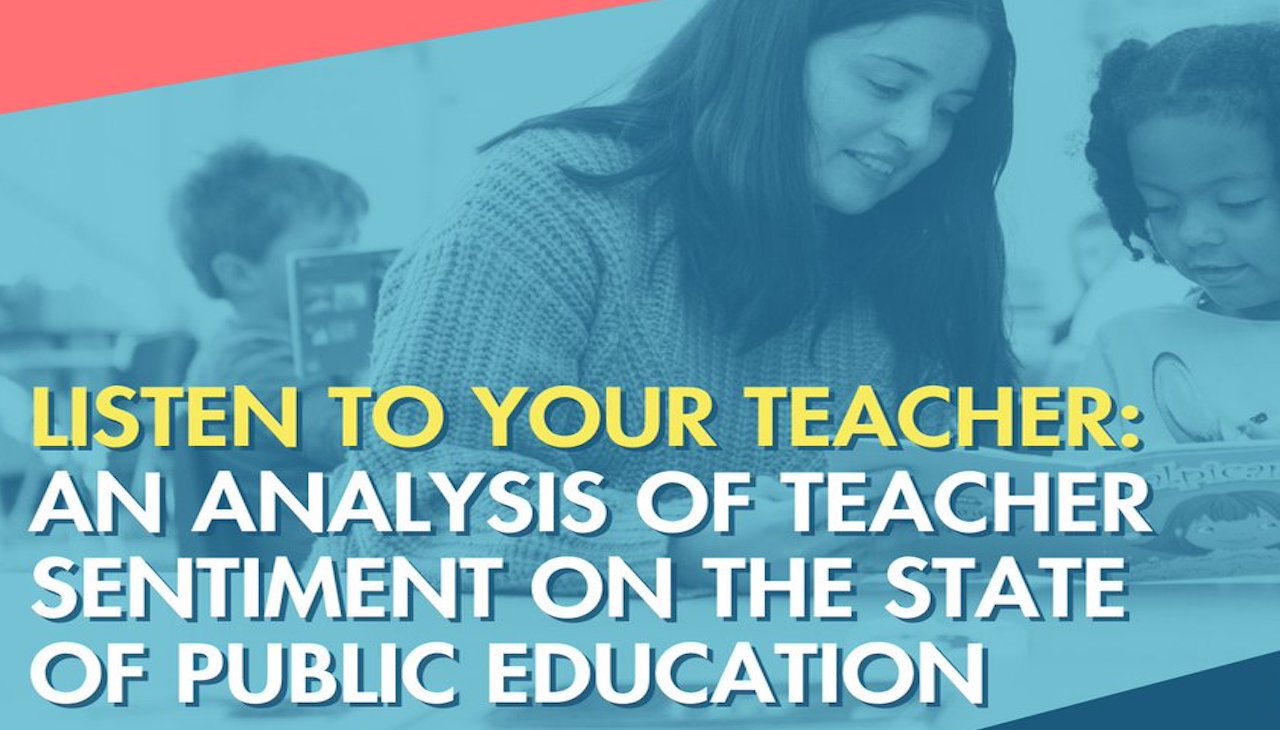
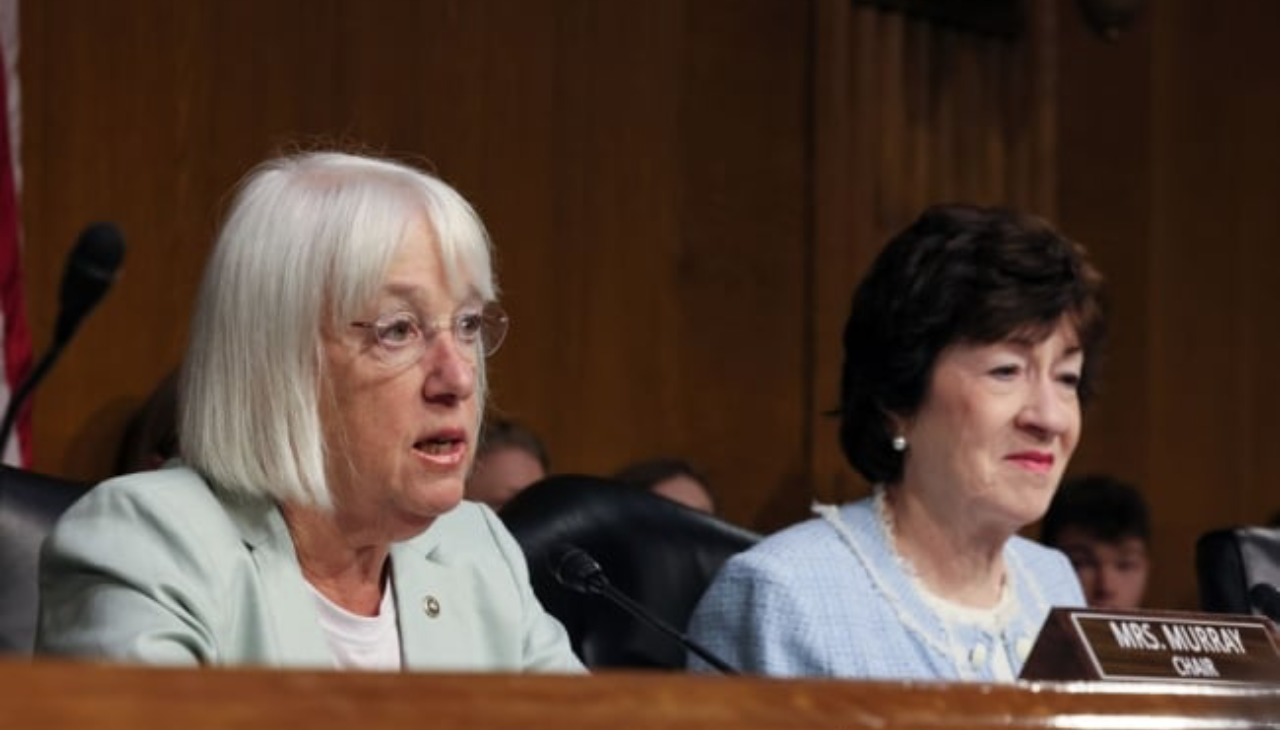

LEAVE A COMMENT:
Join the discussion! Leave a comment.